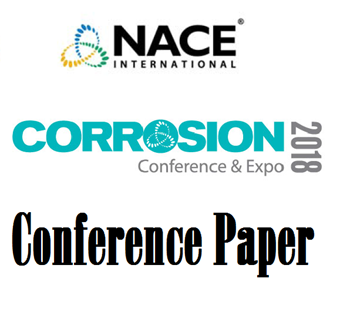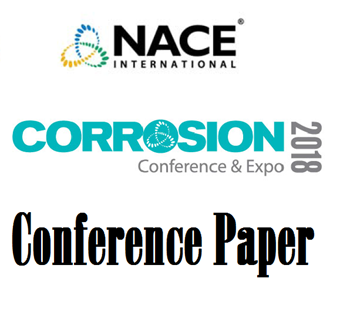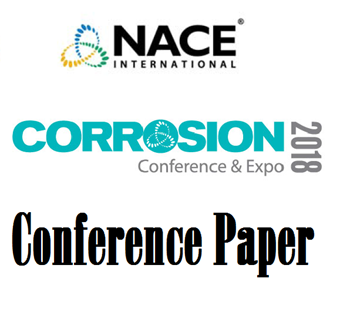Search
51318-10875-Chemical interaction of Austenitic and Ferritic Steels with B4C Powder in Liquid Sodium at 600°C
Also Purchased
51318-10876-MEANINGFUL TESTS FOR THE QUALITY OF DUPLEX STAINLESS STEELS
Product Number:
51318-10876-SG
Publication Date:
2018
$20.00
51318-10877-High Temperature Alloys Failures in the Petrochemical Furnaces. Mitigation and Prevention
Product Number:
51318-10877-SG
Publication Date:
2018
$20.00
51318-10895-The pitting corrosion behavior of carbon steel in presence of sulfate-reducing bacteria under H2S
Product Number:
51318-10895-SG
Publication Date:
2018
$20.00




